
There are some fantasy, science fiction, and horror films that not every fan has caught. Not every film ever made has been seen by the audience that lives for such fare. Some of these deserve another look, because sometimes not every film should remain obscure.
Sometimes, you just have to think of one as one you never figured…
Rust Never Sleeps (1979)
Distributed by: International Harmony & Mid-America Releasing
Directed by: Neil Young (as “Bernard Shakey”)
It’s just about impossible to make a science fiction film by accident.
If you see a film and spot elements that you’d expect to see in a movie that’s described as being SF, what you’re seeing was meant to be there. Fred M. Wilcox could have just done a straight-up version of The Tempest, but the fact that his film was Forbidden Planet was the result of conscious choices he made during production. When Spike Jonze and Charlie Kaufman turned The Orchid Thief into Adaptation, their use of some SF elements as they (hyper) fictionalized a true crime book was no accident.
So when we find elements like these in Neil Young’s concert film, we can’t believe they just showed up on their own…


After the credits, we open on an empty stage (the Cow Palace in San Francisco) where over the PA we hear bits from Hendrix’s “Star Spangled Banner,” the Beatles’ “A Day in the Life,” and announcements made to the audience at Woodstock from the main stage.
During this time, we see a swarm of robed figures with glowing eyes struggle to set up a microphone. Because they are so short (as suggested by the size of the mic), it becomes an effort for them akin to raising the flag over Mount Suribachi:


We’re led to believe that these figures, who we find out later are the “Road Eyes” (which wasn’t that funny back then, either), are small in stature, maybe than no more than a few feet high, which suggests a set of characters that recently showed up in another SF film…


“Not a Road Eye”
The fact that these Jawas Road Eyes start setting up a piano and drum kit that’s in their scale soon destroys the illusion, just as the little ones open a large-scale shipping case containing a sleeping bag with someone in it:


Out of the bag comes Young, who then performs the first set of the concert. It’s an acoustic set, with Young principally on guitar doing a number of his established hits. At one point, he goes to the piano for “After the Gold Rush,” the lyrics to which itself suggesting an SF film:
The set continues until he debuts a new song, “My My Hey Hey (Out of the Blue),” which he continues to sing as he lulls off to sleep. The Road Eyes put him back in his bag before they do more work on stage, assisted by a few men in white medical coats, getting ready for the second half which Young performs with the band Crazy Horse.


For the most part, the second set with Crazy Horse rocks out, with a few interruptions. At one point, a presenter comes on and tells the audience to put on their “Rust-O-Vision” glasses, noting that Neil had wondered about whether bands rust. After nine years of study, the presenter states, it was discovered that all bands rust, and that with the “Rust-O-Vision” glasses on, you can now see it in real time as Crazy Horse plays…


The other is a brief interruption as a mutant storms the stage from above, which the Jawas Road Eyes shuffles off before any serious damage can take place:
We can tell we’re dealing with a mutant thanks to his donning a “DEVO” coverall, showing to be part of the same created backstory that Devo used in their act back then, one that would be familiar to just about any character from an average cheap 1970s SF film:
The appearance here of Devo came about as a result Young’s collaborations with them. As the 1970s were closing out, in the midst of disco and punk, many of the established bands and acts were having problems adjusting to the new trends, wanting to stay on the cutting edge and doing music that would stand out. As Devo was moving from the edges into the mainstream, Young reached out to them while he was looking for a new direction. During the early sessions, as Young composed “Hey Hey My My (Into the Black),” front man Mark Mothersbough suggested the lyric, “Rust never sleeps,” which became the name of the project.
Is this really a science fiction film, you may ask? If we removed the Jawas Road Eyes, the Rust-O-Vision glasses and the mutants, what would we get?


Well, we’d get Rust Never Sleeps the album. Most of the new music composed by Young for the film appears on the record, following the same format that material is presented the film with softer pieces followed by progressively harder rockers. The bookending of the album with two versions of the same song, “My My Hey Hey (Out of the Blue)” and “Hey Hey My My (Into the Black),” encapsulates what Young was going for as he moved away from where his music had been at the time on albums like Harvest into something new, more dynamic.
While that was apparent through just the music, though, Young decided to emphasize the need to stay au currant by making his concert film into a science fiction story. Visually, he recalls such tropes from stories where a character undergoes suspended animation to travel into the future, such as in Buck Rodgers and those pilots Gene Roddenberry made in that decade, among others. In such stories, the common element exists where someone from today moves into the future and demonstrates that even in such a different time, we modern people can adapt and still have a role to play in what came after us.


It’s an interesting way to look at your career, but unfortunately Young didn’t quite to the best job of it. As a film director, he’s a great icon of rock. The shots from the footage chosen and edited by Young feels too removed from what’s happening to be engaging, with so much of the action taking place far off into the background of what was shot. All of Young’s attention goes into the performance on stage, leaving the director’s seat empty. Had he concentrated more on giving the film audience a sense of being on stage as the story unfolded, as opposed to the concert audience in one of the seats in the bleachers, he would have had a warmer film that that didn’t leave most people confused.
One person who wasn’t confused, though, was George Lucas. He felt anger that his Road Eyes Jawas were used without permission, and threatened legal action. Right as the film disappeared from theaters, though, both parties settled before it got anywhere near a trial.
Young came away from that learning his lesson about taking others’ toys out of their sandboxes. Many more lessons beyond that, in fact; in 1982, he split directing duties in his next film, Human Highway, pitting Dean Stockwell (who also acted in the film) in the chair beside him:
It’s not known if anyone who caught and liked the first film was disappointed with Young’s different direction here. It’s unclear if they were turned off when they paid for this, but they give them that…


















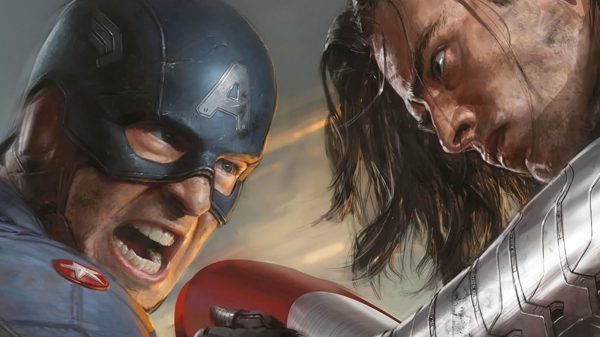



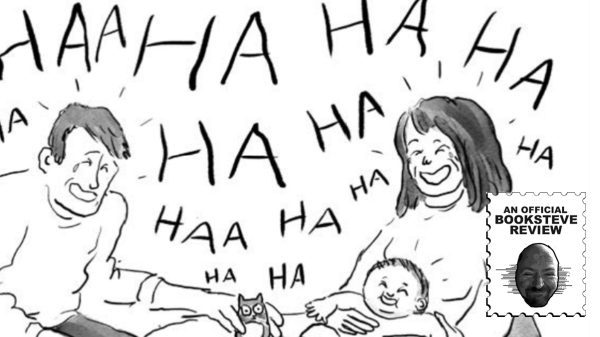




























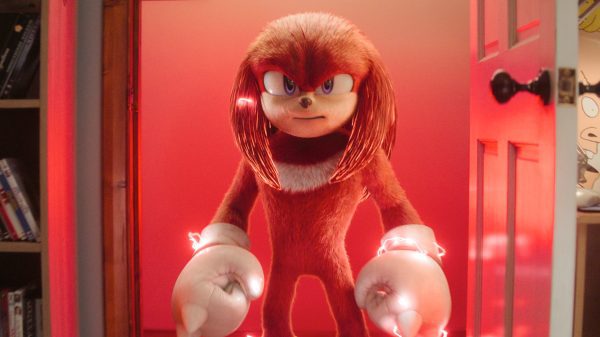





































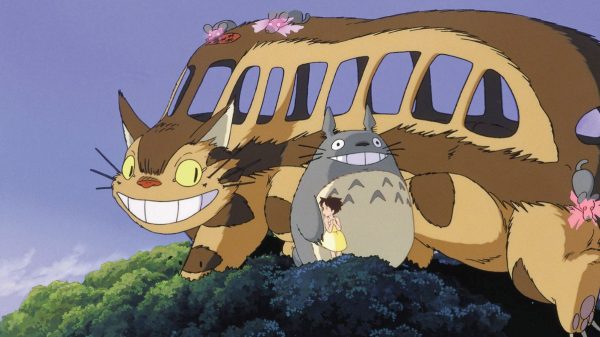
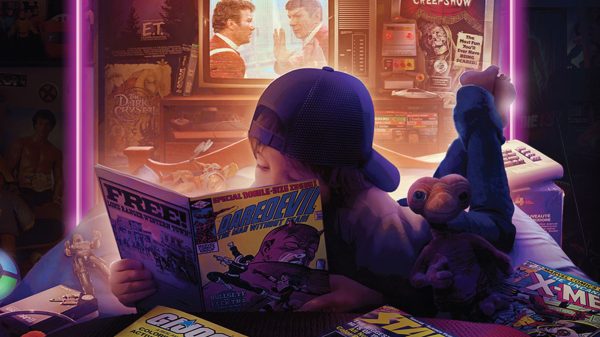










You must be logged in to post a comment Login